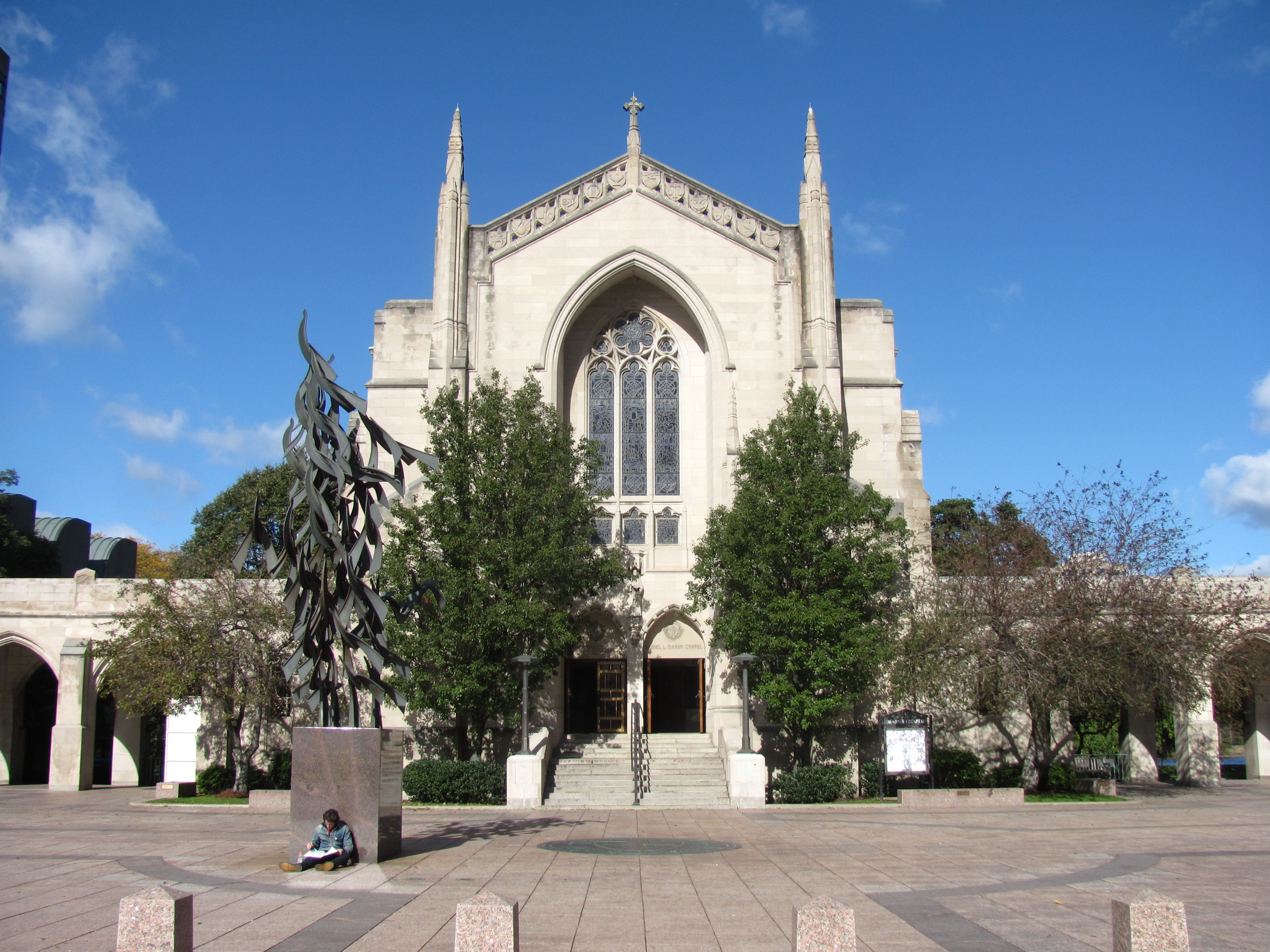
"3 Questions: David Briggs on playing the organ in Kresge Auditorium"
(On January 16, 2011, David Briggs played a full-length recital in Kresge Auditorium -- the first by an internationally-renowned organist in 30 or 40 years.)
Q. MIT is not necessarily a sought-after place for organists to play, but the Institute does have
two organs — one in Kresge Auditorium, the other in Kresge Chapel —
built by the well-known Holtkamp Organ Company. Are you familiar with
Holtkamp organs?
A. I’m delighted to be performing on the Holtkamp Organ here at MIT. In fact, I played my
first-ever concert in the U.S. on a Holtkamp instrument. It was at the
Church of the Covenant in Cleveland, Ohio, in February 1997. I remember
five inches of lake-effect snow fell during the course of the concert,
and I improvised on “Rudolph, the Red-Nosed Reindeer.”
Q. Why did you start playing the organ?
A. I’ve played the organ since I was six, although I didn’t have any lessons until the age of 12 —
after I’d reached a fairly high level on the piano and my feet could
properly reach the pedals. My grandfather was a well-known organist in
Birmingham, England, and I used to sit on the bench with him. When I was
nine, I became a chorister at St. Philip’s Cathedral, Birmingham, under
Roy Massey. It was at that period that I really decided I wanted to be
an organist. When I was 16, I studied in London with Richard Popplewell,
at the Chapel Royal. Richard was a fabulous and very generous teacher
as well as an extremely kind person. I lost my father when I was 16, and
Richard in many ways took over. I owe him a huge amount.
Q. MIT is synonymous with science and engineering. How or why do you think organ music relates to science?
A. The organ is the largest and most complex of all musical instruments. Many large
instruments have hundreds of thousands of moving parts and tens of
thousands of pipes. Each mechanical part (be it wind reservoir, pallet
magnet or wind stabilizer) has to work perfectly over a long period, and
each pipe has to be voiced to blend to the rest. The finest organs are
those that represent an ideal synthesis between artistic vision and
technical prowess. In other words, the very best instruments are the
result of many, many hours of skilled workmanship in terms of pipe
voicing, sophistication of key action, stability of voicing, excellence
of acoustic and so on. Then you have a true meeting of science and
music. Playing on such a large variety of instruments is a very
enriching experience — each time you have to ‘learn’ the instrument
because organs are so different to each other.
(Published on the MIT website on January 14, 2011.)
 Friends,
Friends,























